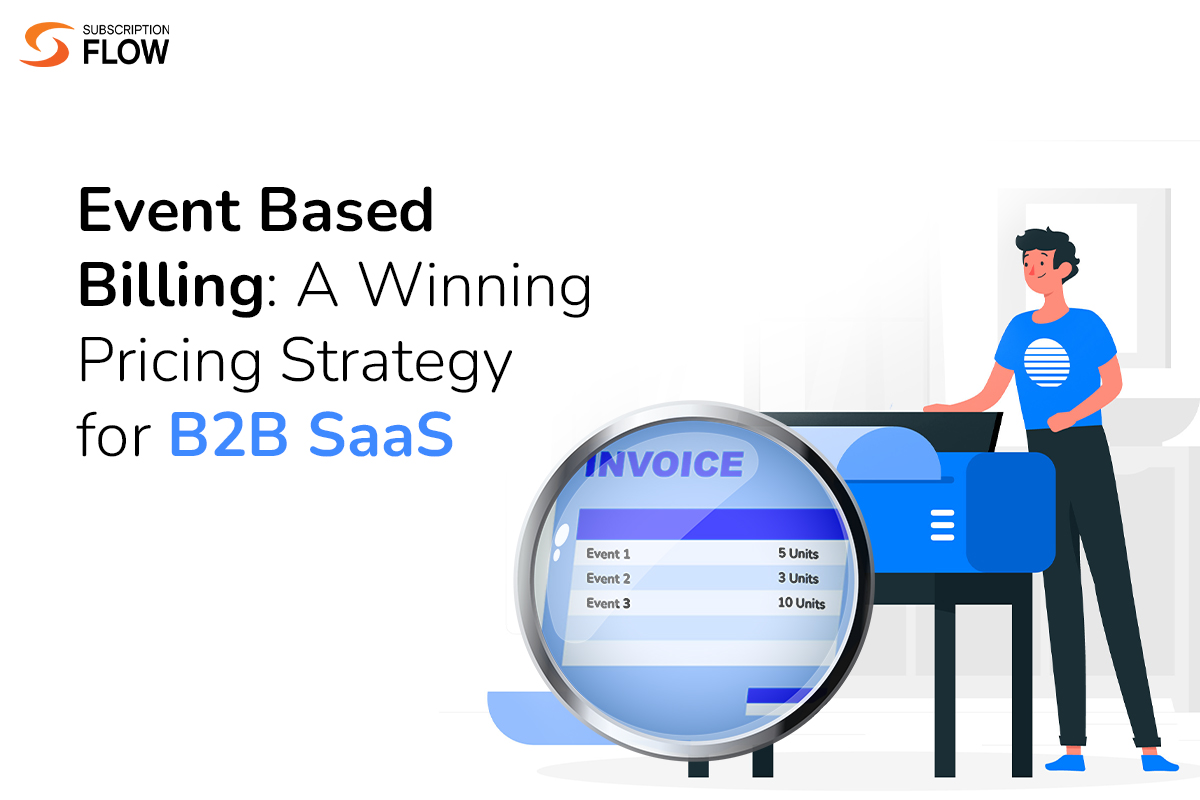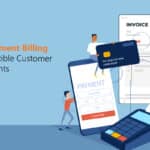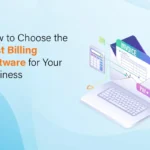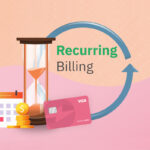
Event Based Billing: A Winning Pricing Strategy for B2B SaaS
In the competitive landscape of B2B SaaS, the key to success is closely tied to choosing the right billing model for your business. With the emergence of innovative new ways to price products/services, event based billing is an approach that has garnered significant attention.
This more sophisticated form of usage-based billing allows B2B SaaS companies to dynamically charge customers based on specific events during product usage.
In this article, we’ll explore the concept of event-based billing, distinguish it from traditional usage-based billing, outline the key steps involved in putting this billing model to use, and shed light on why this model can be particularly useful to B2B SaaS businesses.
What is Event Based Billing?
One would have to be living under a rock to not know about the massively successful subscription-based billing model. However, as of late, the rise of subscriptions and accompanying subscription fatigue has resulted in the “pay-as-you-go” or metered billing model gaining traction.
Read More: Subscription vs Pay-Per-Use—Which Revenue Model Would Work For Your Business?
Event based billing can be thought of as an extension of the traditional usage-based or metered billing model that charges customers based on specific events or actions they trigger while using a product or service. Each event can be priced differently based on its complexity and resource usage, and dedicated software can track every instance of each event to bill users dynamically.
Event Based vs Usage-Based Billing: What’s the Difference?
Event-based billing is different from usage-based billing in that the latter relies solely on the duration or quantity of usage, whereas the former provides a more granular approach by identifying and charging for individual events. This granularity allows businesses to assign different prices to each event, reflecting their varying complexity, value, or impact.
To illustrate let’s look at a real-world example.
An Illustrative Example
Stripe, a popular payment processing platform, utilizes event-based billing in their Radar service, which helps detect and prevent fraudulent transactions. Stripe assigns prices to each event based on their complexity, resource utilization, or value in mitigating fraud risks.
Transaction risk analysis is charged at $0.05 per screened transaction, real-time fraud alerts at $0.07 per screened transaction, and chargeback prevention at 0.4% per transaction. The occurrence of these events is monitored through dedicated software and the quantity and type of events are tracked during the billing cycle.
At the end of which, let’s say 100 transactions were processed with 80 requiring risk analysis, 2 benefiting from chargeback prevention (worth $10 each), and 5 generating real-time fraud alerts. The total event-based bill can then be calculated as ($0.05 x 80) + (0.4/100 x transaction #1 amount) + (0.4/100 x transaction #2 amount) + ($0.07 x 5) = $4 + (0.4/100 x $10) + (0.4/100 x $10) + $0.35 = $ 4.43
What are the Steps Involved in Event Based Billing?
The following events are typically involved in leveraging this billing model:
Step 1: Event Identification
The initial step is to identify the events that hold significance for your B2B SaaS business. These events can encompass various actions, such as user onboarding, feature utilization, API calls, or data transfers.
Step 2: Event Tracking
Accurate event tracking is crucial to implement event-based billing effectively. Integration of tracking mechanisms within the product or service infrastructure enables the capture of event occurrences, timestamps, and associated data.
This step ensures precise monitoring and recording of customer activities. SubscriptionFlow’s real-time signal tracking can help track and automatically bill against dynamic events with a high degree of precision.
Step 3: Event Pricing
Assigning appropriate prices to events is essential for event-based billing. Pricing can be determined based on factors such as the value the event provides to customers, the resources consumed, or the impact on the system. Careful consideration of these factors helps strike a balance between fair pricing and profitability.
SubscriptionFlow allows you to track customer usage to gain insights that can help price events in a way that maximizes your revenue-generating potential. Popular items can be priced heavily and less popular ones can be offered at cheaper rates to encourage customers to explore the value of those features. Similarly, peak traffic hours can be highlighted and priced accordingly to maximize profitability.
Step 4: Billing and Invoicing
Once events are identified, tracked, and priced, the billing and invoicing process can commence. Customers are billed according to the number and type of events they trigger within a specific billing cycle. Invoices are then generated, providing a clear breakdown of the cost associated with consumed events.
SubscriptionFlow’s automated billing, invoicing, and proration services do all the math for you so a clear, tailored, and accurate invoice reaches your customers right on time at the end of each billing cycle.
The Benefits of Event Based Billing for B2B Businesses
Considering the higher contract values, the fierce competition, and the simple fact that greater pricing complexity is more permissible in B2B compared to B2C businesses, allows businesses to truly fine-tune their revenue generation potential with the multi-dimensional event-based billing model. Here are some of the benefits of using this model.
1. Flexible and Tailored Pricing
Event-based billing empowers B2B businesses to offer flexible and tailored pricing plans that align with customer behavior. By charging for specific events, companies can create customized pricing structures, catering to individual client needs and usage patterns.
2. Increased Revenue Opportunities
Event-based billing enables B2B businesses to unlock additional revenue streams. By accurately capturing and pricing specific events, companies can monetize actions or features that were previously overlooked.
3. Transparent Value-Based Pricing
Event-based billing allows B2B businesses to demonstrate the value they deliver to customers. By aligning pricing with meaningful events, businesses can transparently showcase the direct correlation between the cost of the service and the value derived by customers. This transparency fosters trust and strengthens customer relationships.
4. Customer-Centric Approach
Event-based billing focuses on charging customers based on their actual usage and engagement with the product or service. This customer-centric approach enhances satisfaction and ensures that customers feel they are being billed fairly and transparently, promoting long-term loyalty.
Conclusion
Event-based billing offers a dynamic and customer-centric approach, enabling businesses to charge based on specific events triggered by customers. B2B companies utilizing this model enjoy enhanced flexibility, and increased revenue potential, and foster long-term customer relationships in the competitive B2B SaaS landscape. SubscriptionFlow allows you to leverage this model effortlessly to maximize profitability while aligning your offerings with customer needs and market dynamics. Book a demo with us to learn more!









